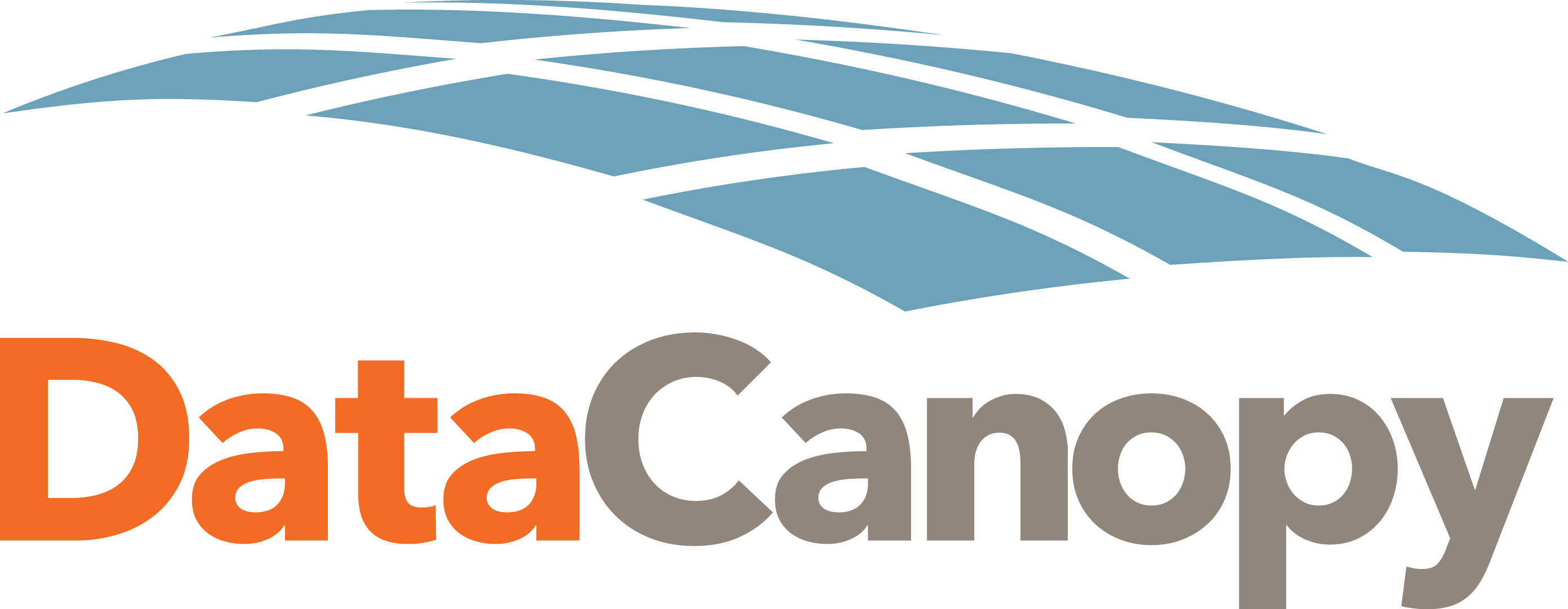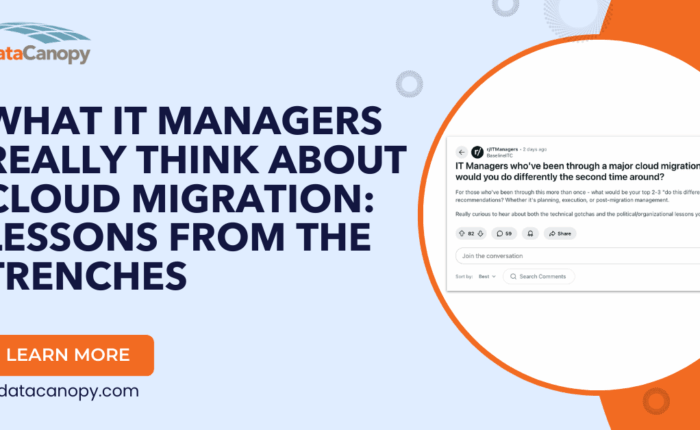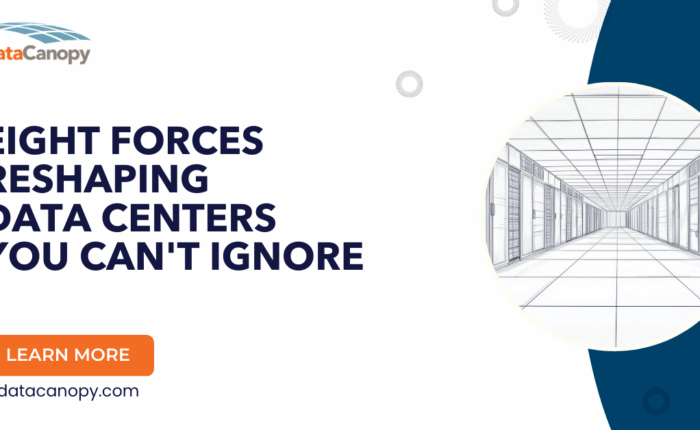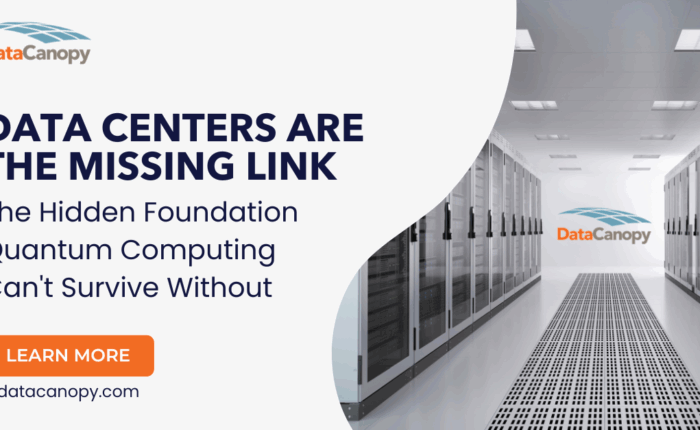 The major public cloud providers have already done most of the homework for you on hardware and other infrastructure considerations and resources are available on-demand, so let’s go, right? Well, there are quite a few questions you need to ask yourself and your public cloud vendor before making the transition. For many companies, the public cloud is a great choice for some applications, storage, or to handle bursts of activity, but not so great for handling other, more data intensive or security sensitive workloads. Here are some questions you should really have answered before considering moving any of your infrastructure to AWS, Azure, or Google Cloud:
The major public cloud providers have already done most of the homework for you on hardware and other infrastructure considerations and resources are available on-demand, so let’s go, right? Well, there are quite a few questions you need to ask yourself and your public cloud vendor before making the transition. For many companies, the public cloud is a great choice for some applications, storage, or to handle bursts of activity, but not so great for handling other, more data intensive or security sensitive workloads. Here are some questions you should really have answered before considering moving any of your infrastructure to AWS, Azure, or Google Cloud:
Availability
Availability is one of the most essential considerations in any IT infrastructure. It is also the one that impacts cost the most. As an example, when we first started working with a large financial services client, they intended to only have a subset of their resources in Ashburn, VA available on an as-needed basis in Austin. Upon evaluating the true cost of downtime for their organization, they decided to have a fully redundant environment in Austin to serve as a disaster recovery location. Austin is replicated close to real time so that when they have to flip the switch, they can have limited loss. Before making any changes in your infrastructure, you should take the time to assess whether you need active/active availability or if you can handle delay.
Questions to Ask:
- Do you have any sets of data, applications, or resources that need to be highly available in real-time in more than one data center?
- How quick can you restore a backup? What solutions are available? You may have to manually browse to the desired file, and copy it over, one by one – which can be onerous with a broad outage.
- Alternatively, if you are leveraging a solution like Veeam, you can quickly and easily restore whole VMs or individual files through a wizard.
- Do you have console access to the servers you’re setting up? Remote desktop is sufficient for most of your troubleshooting needs, but if your servers aren’t responding or bootable, console access is a must have.
Security & Compliance
You’ll of course need to make sure that your cloud and data center offerings have the compliances before spending any time discussing a solution. In addition to audits and certification requirements, you also must understand the firewalls available and processes for management of the data you’re storing in the cloud.
Questions to Ask:
- Is your organization required to adhere to any compliances?
- Can the cloud vendor report and take action on suspicious activity?
- What processes are used for data management?
- Who has access to your data?
Cost
There is a cost associated with everything and your initial pricing will outline some of them. As you engage more deeply with vendors though, you must understand any costs with moving data into or out of any given environment. If you are constantly accessing the data or using one site as DR, you’ll have a good amount of data moving across the line and some cloud companies have a very high rate for data leaving their facility. You can add data for storage cheaply, but accessing and using that data can be cost prohibitive.
Questions to Ask:
- What does it cost to transfer data to/from the cloud infrastructure?
- What is your business’s cost of downtime? How does that compare to a hot/hot or active/active redundant hosting solution?
- What is the cost to your business for managing infrastructure? Can your IT resources be reallocated?
- When is end of life for your current servers if you have any?
- What support is available and how much does it cost? You won’t have control over the underlying hardware, so support in the public cloud is critical.
Connectivity Options
Planning for the cloud and architecting is really an exercise in understanding your goals and needs. The architecture is already there, so you need to connect into the right cloud in the right way for your business.
Know the bandwidth capacity aggregately and carriers available, IPs available and costs involved, as well as the connection to public cloud services so that you can understand the room available for you to grow, costs associated with that growth, and options available.
Questions to Ask:
- What direct connections do you have?
- Who does the vendor peer with?
- Is there a direct presence with the carrier of your choice where the cloud resources will be located? With Azure and AWS, you only can directly connect through their provided Direct Connect or Express Route. Is that okay for your needs? If not, and you explore other cloud options, what carriers and connectivity options are available? There may be a cross connect fee, but if the connection is keeping you from data loss and assuring security, it may very well be worth it.
- In a multi-tenant environment, be sure to ask what protection they have against DDoS attacks and how they protect clients against outages.
Finding Your Balance
In the old days when people had everything in their buildings, you had to spend beaucoup bucks figuring out your power and cooling needs. It’s the same principal here with a need to balance the requirements and costs. The driving factor is almost always cost in any move to the cloud. Email, websites, and other public facing data/applications without highly sensitive information is built for the cloud. You can gain great efficiencies and free your staff up for higher level activity. It’s important to ask yourself and your potential vendors tough questions to get to the root of your needs and goals. The real question is how to connect to it and how to do that securely. Considering moving to the cloud, but still need to keep some data in a data center? Give us a call. We are happy to help.



